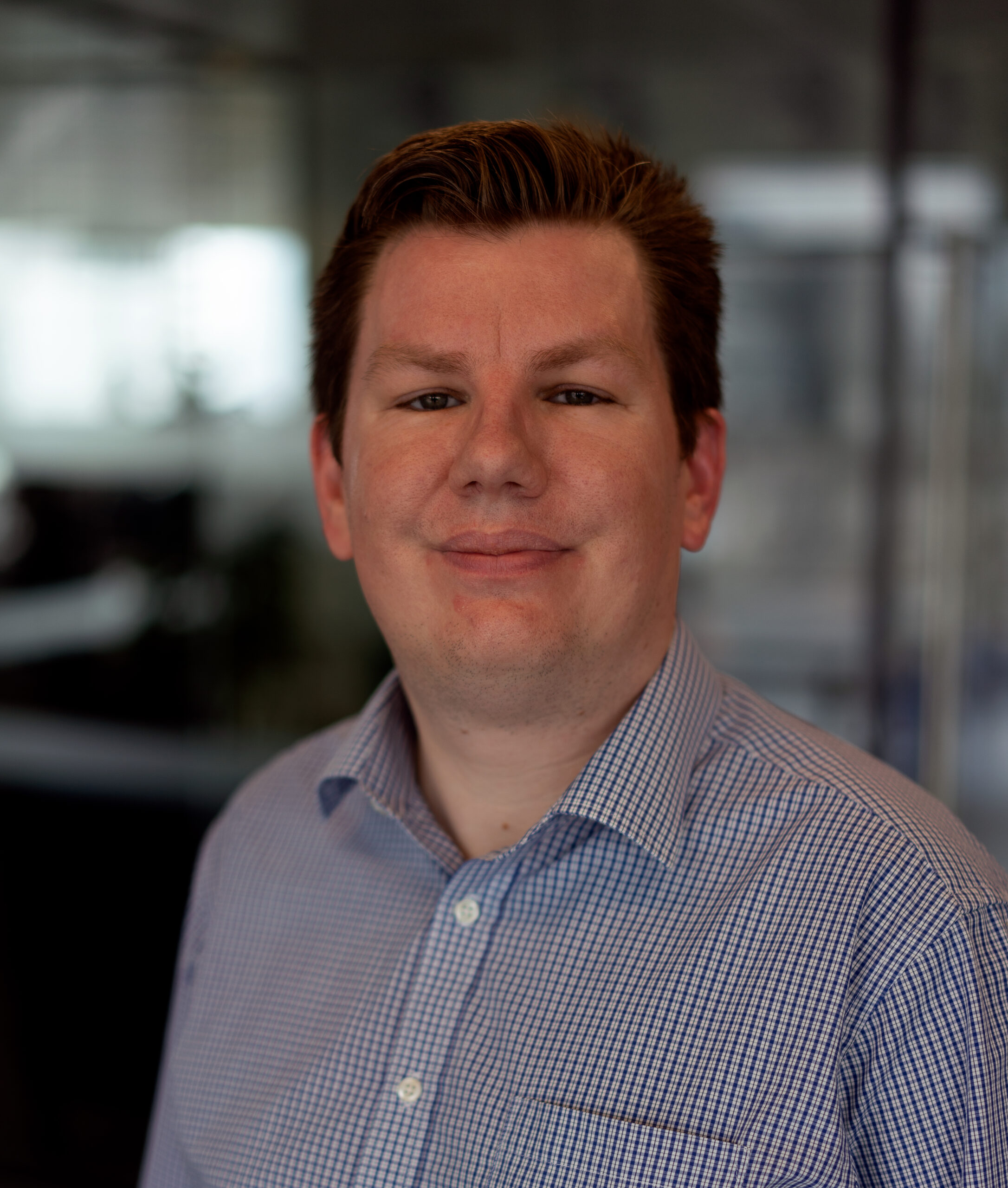
Target market: How 888 plans to unlock value from the William Hill acquisition through realignment
Following 888’s Capital Markets Day, EGR Intel caught up with CEO Itai Pazner to discuss the operator’s next steps now the dust has settled on the Hills deal

14/12/2022
Want access?
Subscribe today
Want to keep accessing great content like this? Click the button below to complete our membership form or email support@egr.global, and our team will reach out to schedule a demo.